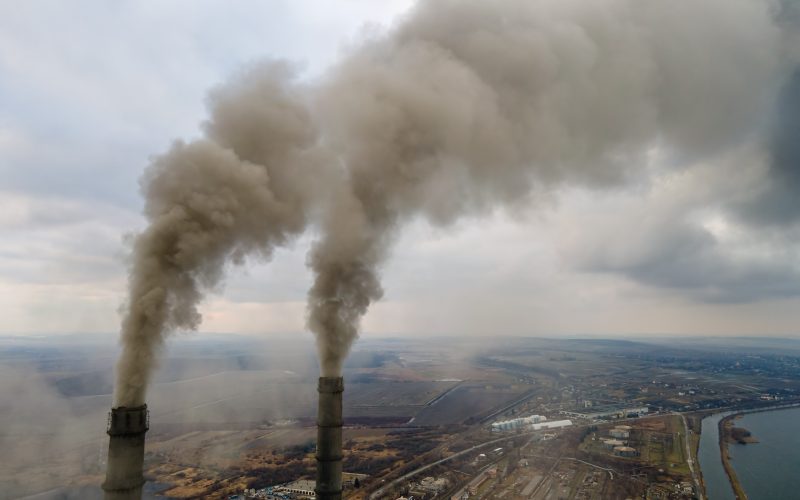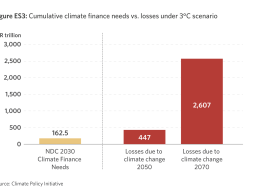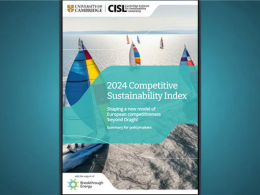For the second consecutive year, US greenhouse gas (GHG) emissions have declined despite economic growth, signaling a positive trend for climate efforts. According to a report from research firm Rhodium Group, emissions fell by an estimated 0.2% even as the economy expanded. This divergence between emissions and economic activity is seen as a hopeful sign for decarbonisation progress.
Ben King, an associate director at Rhodium Group, described this as potentially marking the beginning of decarbonisation efforts actively reducing emissions, rather than them being a byproduct of broader structural changes.
Since 2005, US emissions have dropped by around 20%, but the nation remains off track to meet ambitious emission reduction goals for the next decade. President Joe Biden’s target of reducing emissions by 50% by 2030 compared to 2005 levels requires a reduction of over 7% annually, posing a significant challenge. The outlook could be complicated if President-elect Donald Trump follows through with plans to undo policies aimed at accelerating decarbonisation, including tax incentives from the Inflation Reduction Act (IRA) and Environmental Protection Agency (EPA) regulations.
Rhodium’s separate analysis suggests that rolling back the IRA and EPA regulations could hinder emissions reduction efforts. However, given the growth of the clean tech sector since Trump last left office, the continuation of decarbonisation seems likely, albeit at a potentially slower pace, according to King.
The industrial sector was a major contributor to the continuing divergence of emissions from economic growth, with pollution falling by 1.8% as the shift from coal to natural gas and renewables continued. The oil and gas sector also reduced emissions by 3.7% through cleaner production practices, limiting methane emissions.
However, a resurgence in travel led to increased consumption of jet fuel and gasoline, which pushed emissions in the transportation sector up by 0.8%. Additionally, the power sector saw a boost in emissions due to higher electricity demand for air conditioning, despite solar and wind energy generating more power than coal for the first time.
Rhodium’s analysis uses preliminary economic and energy data, with the final numbers from the EPA expected in 2026.





















